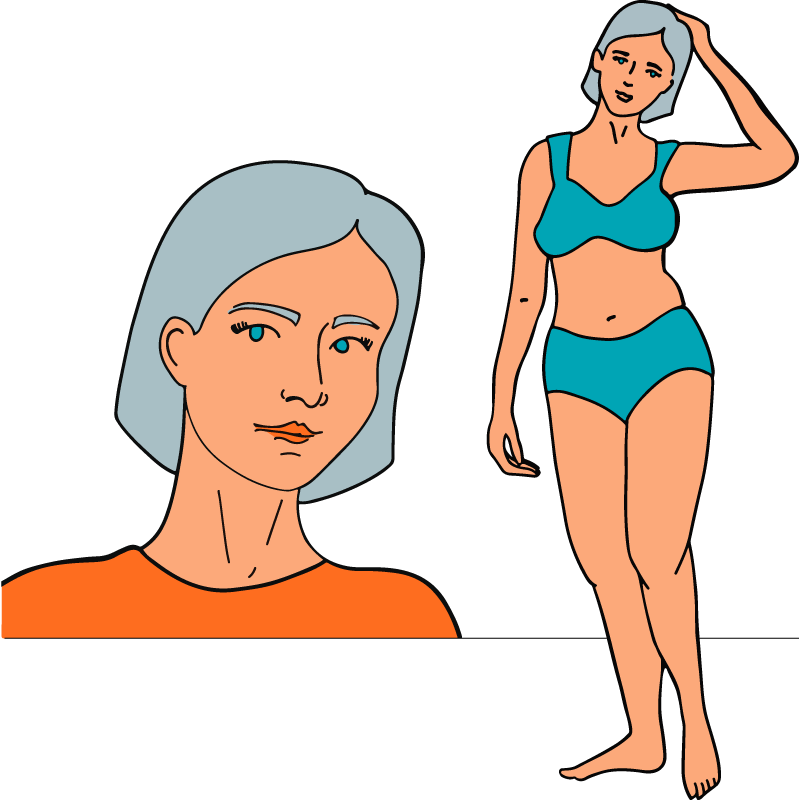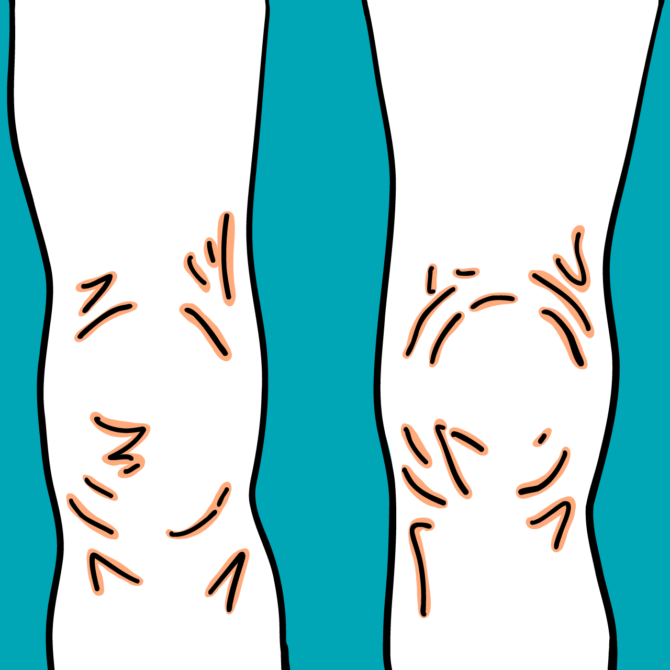Wrinkly and Fat Knees
Knees don’t often steal the body-related headlines, but if you look at yours and they don’t look their best, it can be both annoying and a real confidence issue. Two key issues that can affect your knees are excess fat – which makes them look bulky, saggy, or puffy in appearance – and wrinkly knees, where skin texture and quality changes give them an aged appearance. Read our FAQs to discover what causes wrinkly and fat knees, plus what treatments are available to help. That includes the tweakments that offer skin rejuvenation with minimal side effects (such as knee stiffness), as well as lifestyle changes that may also help over time.





 The Tweakments Chatbot
The Tweakments Chatbot